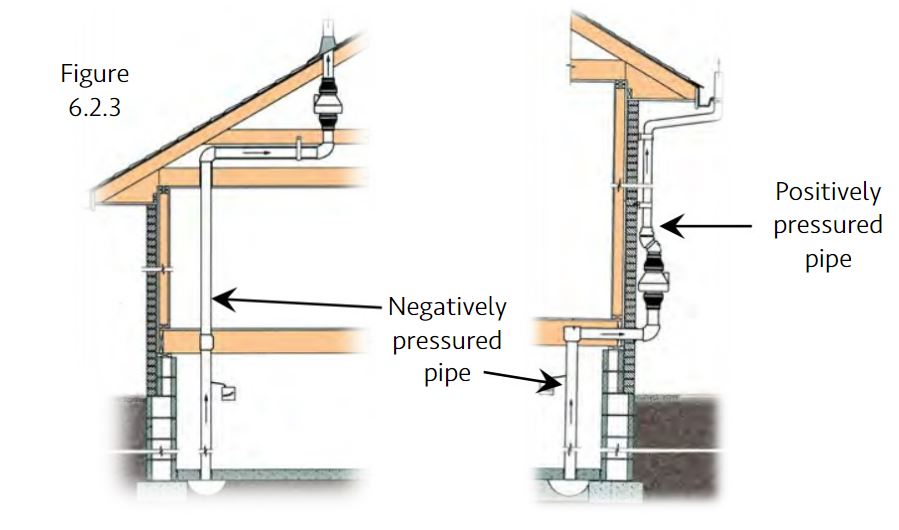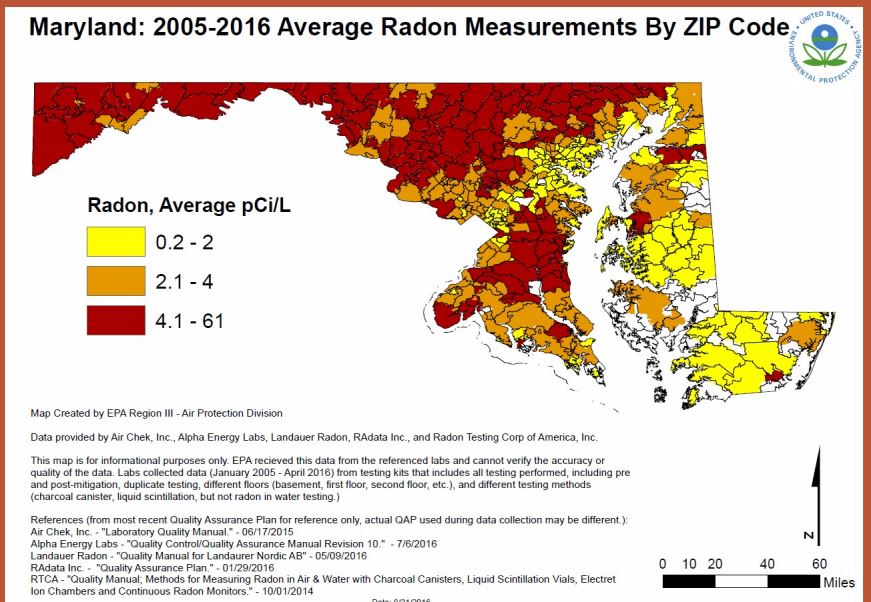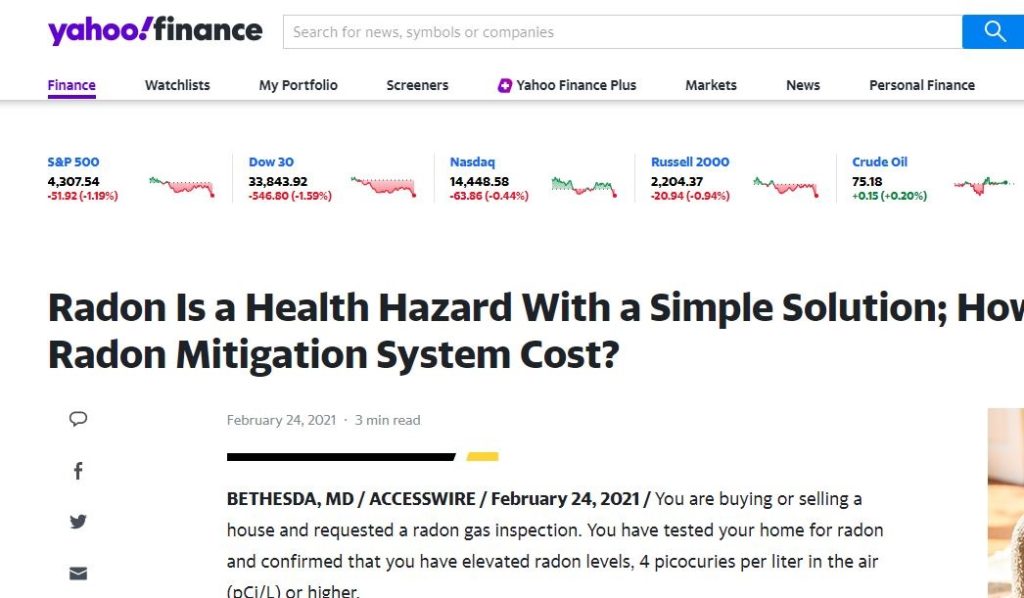Category: Radon Mitigation
- Written by: Kate Holder
- Category: Radon Mitigation
- Published: May 26, 2023
Gurgling sounds in a radon pipe can stem from several potential causes, including:
- Water Accumulation: If water collects within the radon pipe, it can create gurgling noises as the airflow pushes through the water. This may occur due to condensation, leaks, or excessive moisture in the pipe.
- Blockage or Obstruction: Blockages or obstructions in the radon pipe, such as debris, dirt, or animal nests, can disrupt the smooth flow of air and lead to gurgling sounds. These blockages can restrict or impede the movement of radon gas, causing it to interact with the trapped air or obstacles.
- Improper Installation: Inadequate installation practices, such as incorrect pipe sizing, improper sealing, or improper placement of the pipe, can contribute to gurgling sounds. These installation errors can disrupt the intended airflow, causing turbulence and resulting in audible noises.
- Fan Malfunction: A malfunctioning radon fan can also be a potential cause of gurgling sounds. If the fan is not functioning properly or is operating at a lower capacity, it can create irregular airflow patterns, leading to gurgling noises within the pipe.
- Pressure Imbalance: Significant pressure imbalances within the radon mitigation system can cause gurgling sounds. Factors such as extreme weather conditions, variations in atmospheric pressure, or imbalances between the indoor and outdoor air pressure can contribute to these disturbances.
It is essential to address gurgling sounds in a radon pipe promptly, as they may indicate issues that require attention. Consulting with a qualified radon mitigation professional or technician can help diagnose the specific cause and implement appropriate corrective measures to ensure the effective and efficient operation of the radon mitigation system.

- Written by: Kate Holder
- Category: Radon Mitigation
- Published: February 10, 2023
During Fan Replacement or installation appointment important to remember:
- Positively pressurized ASD duct piping or other positively pressurized components of an ASD system shall not be installed in or pass through or pass under the conditioned space of the building. If you current system does not adhere to EPA mitigation guidance and ANSI/ AARST standards for the fan location Alfa Air Agency radon Contractors can perform any changes or repairs your radon system needs. We can move the system, re-pipe it, add suction points for a new addition, or bring it up to current standards. Small repairs are at time and materials charges, with jobs over three hours usually bid, so you know your costs.

2. Eventually, the radon fan will need replacement, but sometimes it is just a tripped GFCI, which we can verify and help you solve over the phone for free. Call us 240-224-0577 for fan replacement pricing.
3. Fan chosen to be mounted on the exterior of the buildings shall be rated for outdoor use or installed in a weatherproof protective housing that results in a code compliant configuration with protection against electrical shock.
4. RADON fab SHALL NOT be installed in the heated/cooled or otherwise occupiable space of a building
5.RADON fan SHALL NOT be installed in nay location directly beneath the conditioned or otherwise occupiable space of a building, such as a fan installation within a basement , crawl space or enclosed garage beneath occupiable space.
6. Radin fan can be installed in attic, on the exterior of building, or garage that are not beneath conditioned or occupiable space.
7. Radon fan SHALL NOT be installed below ground.
8. Radon Fan SHALL BE sized to provide the pressure difference and airflow capacity necessary to achieve the mitigation goals.
9. Radon Fan shall be installed in a configuration that avoids condensation buildup in the fan housing. Radon fan shall be installed on vertical runs of ASD piping.
10. Radon fan shall be mounted to piping using flexible couplings that comply with ASTM D5926 or ASTM C1173
11. Install manometer bellow the fan to ensure the system has monitoring mechanism to directly indicate if fan is operating withing the established operating range.
12. Components that require electricity for indication of system failure shall not be powered by the same branch circuit as mitigation system RADON FAN.
13. RADON FAN must have electrical disconnect switch within 6 feet!!!!
- Written by: Kate Holder
- Category: Radon Mitigation
- Published: March 18, 2022
Radon fans cannot be installed in a basement or any other indoor HVAC air-conditioned area. When the radon fan is working, it creates negative pressure bellow the fan, that’s why it can not leak below the fan. However, the radon fan is not leakproof. The air passing through the radon pipe and fan has high amounts of radon in it, often measuring as much as hundreds or thousands pci/l. Since radon is colorless and odorless, you won’t even know that radon gas is leaking from the fan. Your family can be exposed to extremely high radon levels. For this reason, US builders code and NRPP does not allow to install of radon fan in the basement




